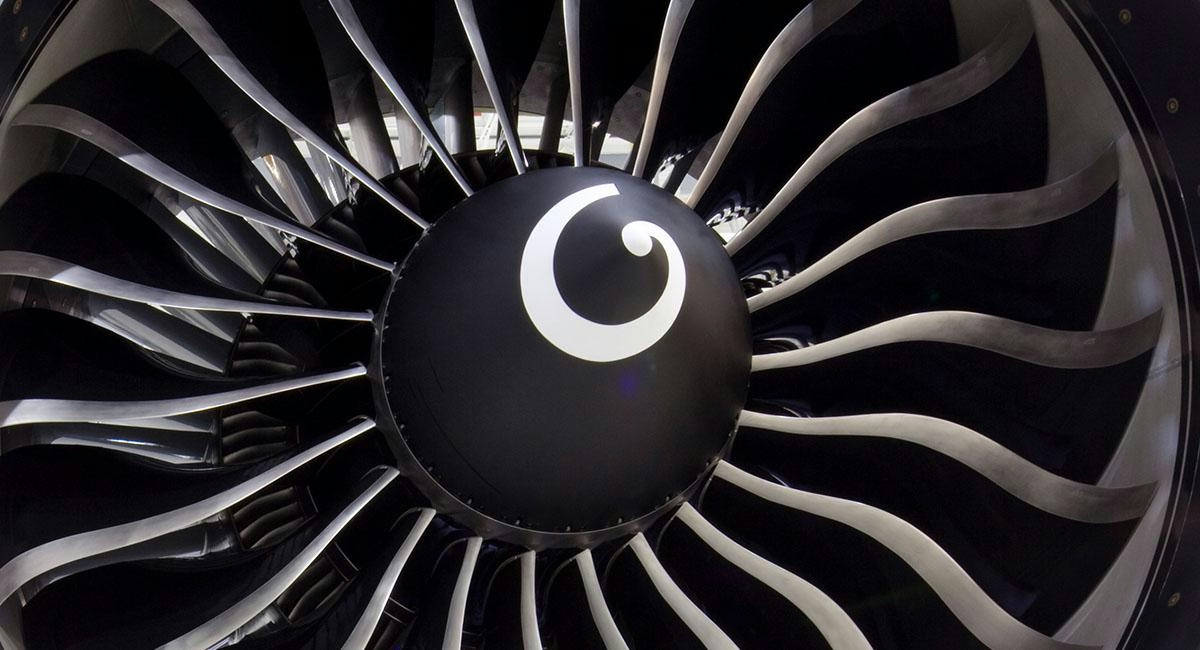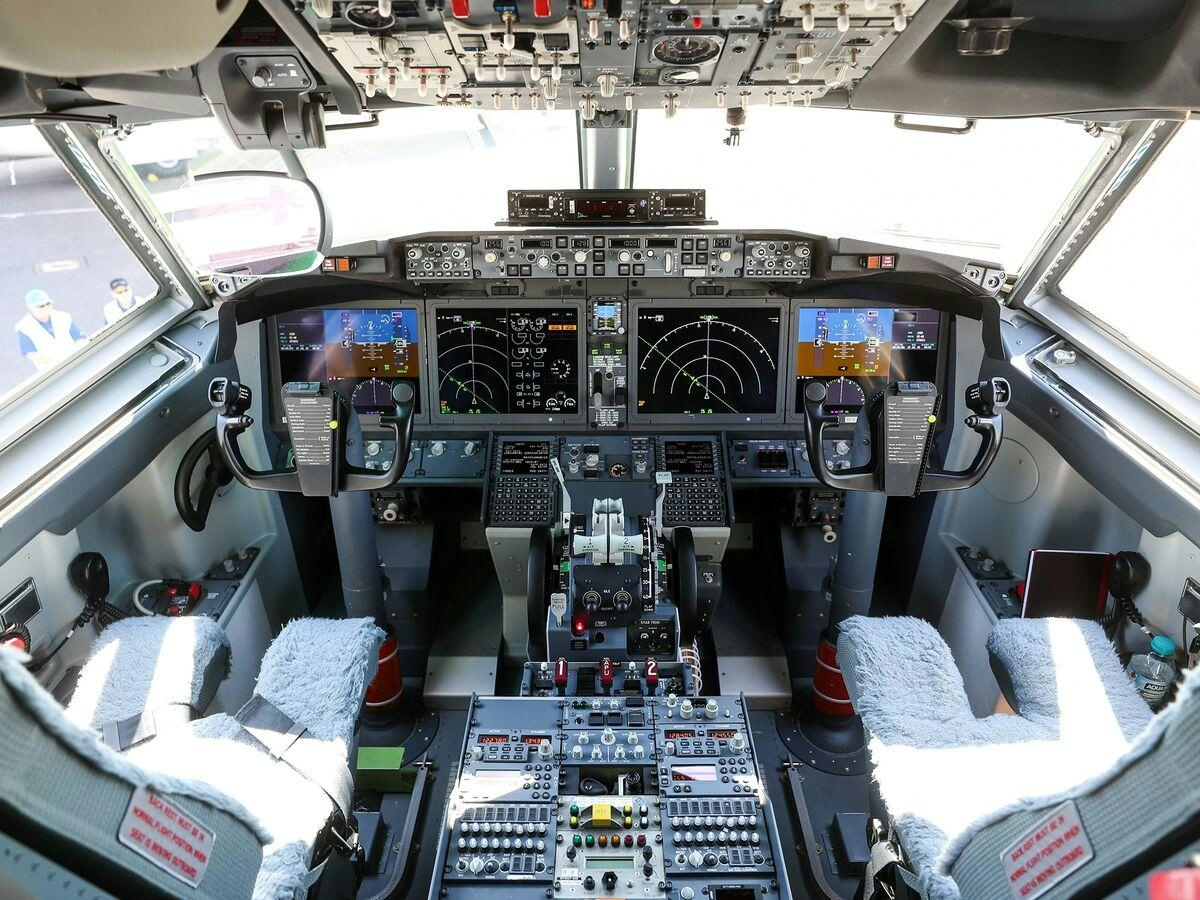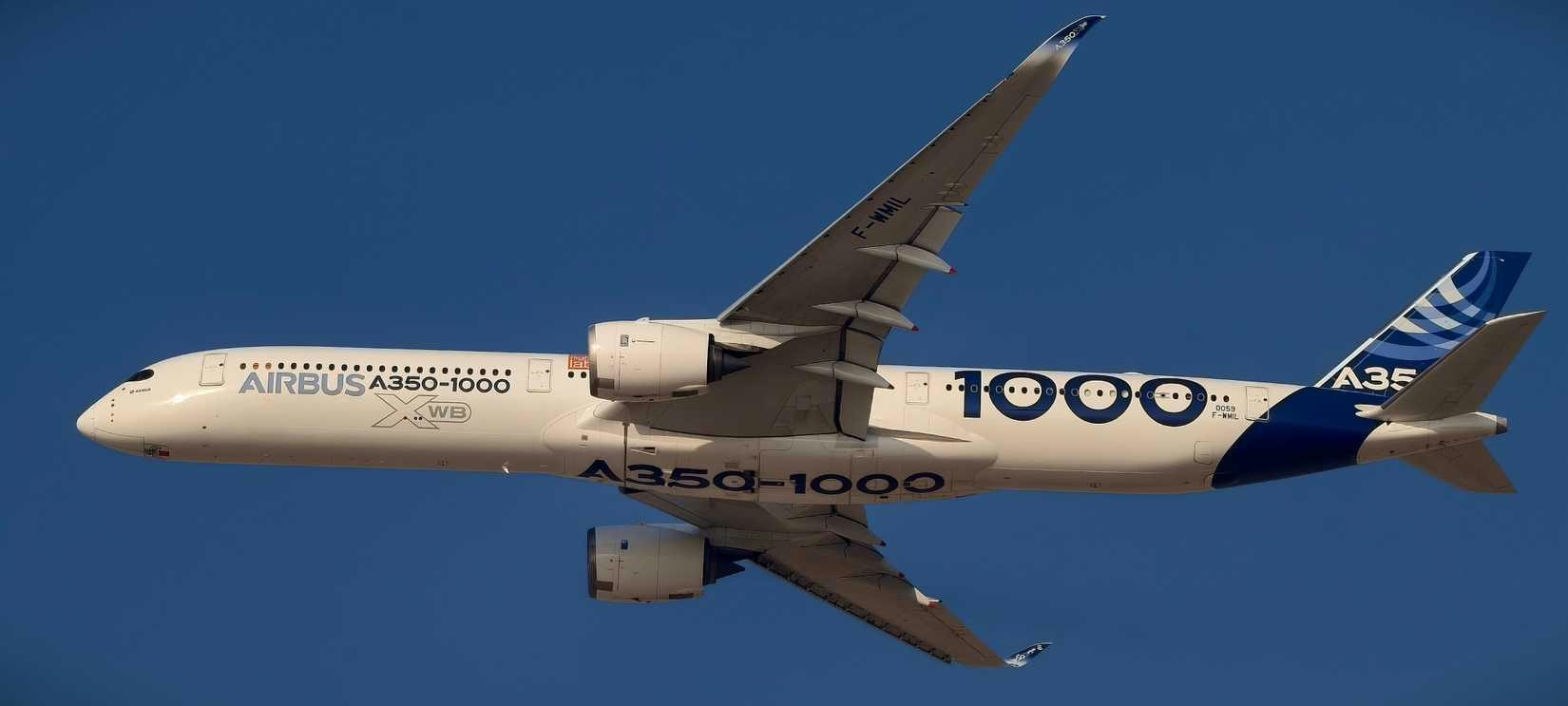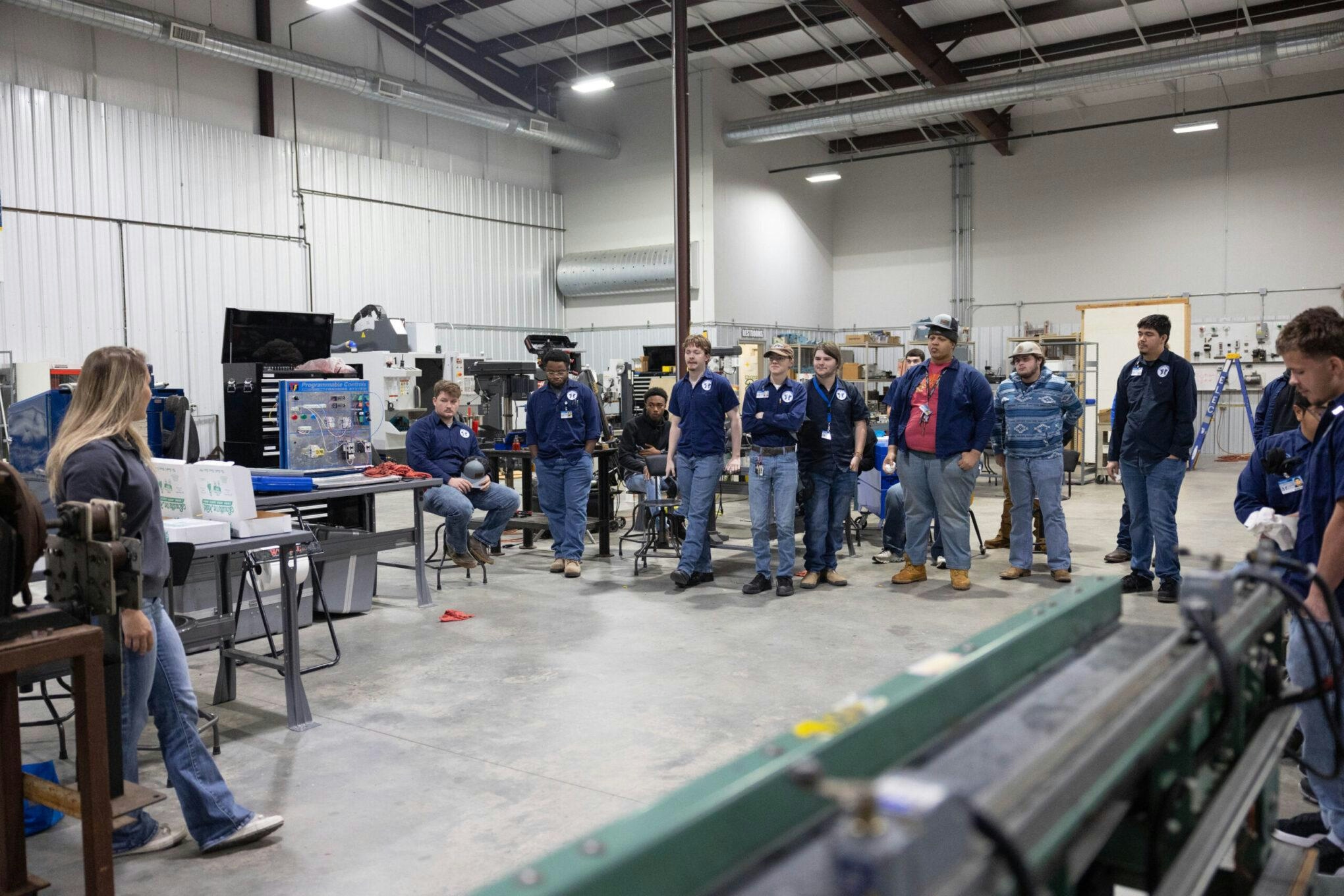
AeroGenie — Your Intelligent Copilot.
Trending
Categories
GE's Giant: The Bellwether Engine That Reinvented the Logistics, Economics, and Aesthetics of Jet Travel

GE's Giant: The Bellwether Engine That Reinvented the Logistics, Economics, and Aesthetics of Jet Travel
A Milestone in Aviation History
The GE90 jet engine, now a foundational element of modern commercial aviation, originated from an ambitious initiative in the early 1990s. On February 2, 1995, after years of rigorous development, aviation executives and regulators convened at GE Aviation’s Ohio headquarters to witness a defining moment: the Federal Aviation Administration (FAA) officially certified the GE90 as airworthy. Phillip Rambo, a senior engineer on the program at the time, recalls the intense effort behind this achievement, describing it as “years of blood, sweat and tears.” The certification was promptly sent to Seattle, where a Boeing 777 awaited its inaugural test flight powered by the new engine.
This flight marked the beginning of a transformative era in commercial aviation. The GE90 enabled large, widebody jets to traverse vast distances with only two engines instead of four, significantly reducing fuel consumption and maintenance costs for airlines. This innovation not only enhanced the efficiency and affordability of long-haul travel but also accelerated the gradual phase-out of iconic four-engine aircraft such as the Boeing 747 and Airbus A380.
Technological Innovation and Industry Impact
Over the past 25 years, the GE90 has established itself as a benchmark in jet engine technology. More than 2,800 units have been produced, powering Boeing 777 aircraft on routes that have collectively covered nearly 56 billion miles—equivalent to approximately 300 round trips to the sun. An estimated 2.5 billion passengers have flown on GE90-powered planes, which have also transported around 143 billion pounds of freight. The engine’s legacy includes pioneering advancements such as lightweight composite fan blades and the integration of 3D-printed components, innovations that have since become industry standards.
Jim Elliot, a principal engineer at GE, notes that the GE90 “has exceeded all expectations and become the envy of the industry.” Its status as the world’s most powerful aircraft engine endured until the introduction of GE’s own GE9X. Despite this, the GE90 remains the benchmark against which other engines are measured, underscoring its lasting influence on aviation technology.
Financial Success and Market Influence
The technological triumph of the GE90 has translated into significant financial gains for GE Aerospace. In 2025, the company’s stock reached a record high, closing at approximately $304 on October 24, representing an 82% increase year-to-date. This surge has been driven by a global boom in jet-engine demand, strong aftermarket sales, and a shortage of new aircraft, prompting GE Aerospace to raise its profit forecast to the highest level in nearly a decade. Robust second-quarter results, including substantial increases in revenue, adjusted earnings per share, and free cash flow, have further strengthened investor confidence.
As the GE90 surpasses 100 million flight hours and celebrates a quarter-century of service, its impact resonates not only in the skies but also on financial markets. The engine that redefined the economics and aesthetics of jet travel continues to propel innovation and growth for GE Aerospace, affirming its enduring role as an industry bellwether.

United Airlines Announces Routes for New Premium Boeing 787s

Boeing Introduces Remote Co-Pilot Technology

The Airbus A350-1000’s Fuel Efficiency Advantage Explained

McNally Capital Expands Aviation Operations to Support Global Tourism

Two Young Climbers Begin Winter Ascent of McKinley

Elroy Air’s Autonomous Chaparral Delivers Lunch on A-to-B Flight

Texarkana College Holds First Graduation for Aviation Maintenance Technician Program

United’s 737 MAX 10s Have Flown Over 300 Hours Without Passengers

Airlines Adapt to Trade Disruptions and Supply Chain Challenges
